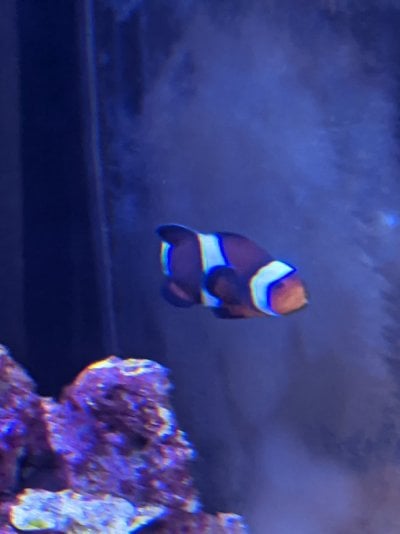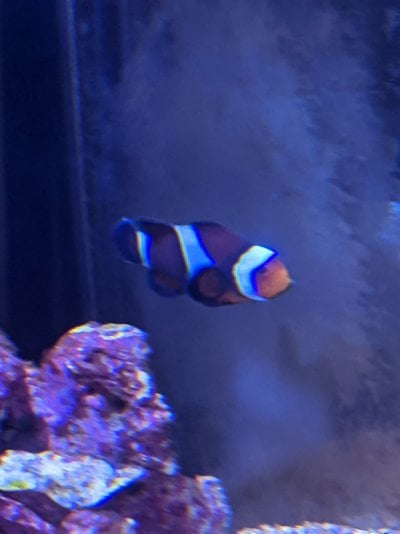I've had this guy about 4 months and about 1 1/2 months ago noticed beginning signs of HLLE with lesions around eye and gills.. seemed to bounce back after removing carbon filtering.. but about a week ago started acting more timid and only eating food presented right in front of cave.. came home to find him dead in the tank 
I have 2 clown fish that seem fine. Yellow watchman goby and Royal Gramma Basslet are hiding but were fine in the morning.. any advice or thoughts would be helpful thanks!
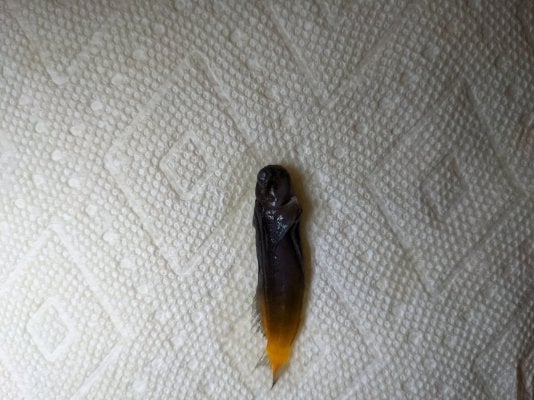
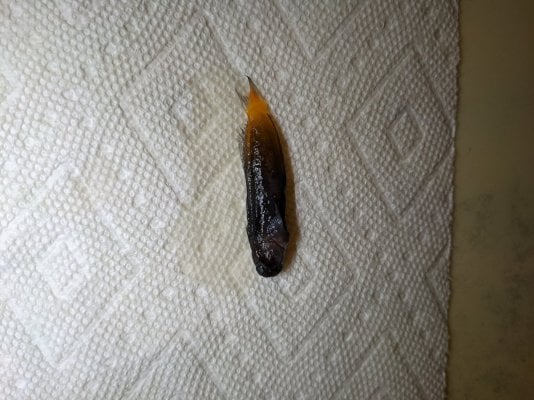
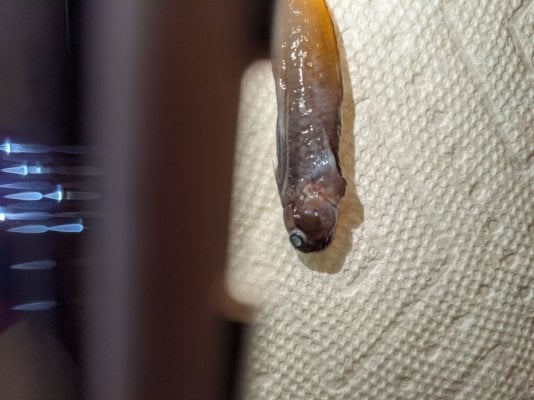
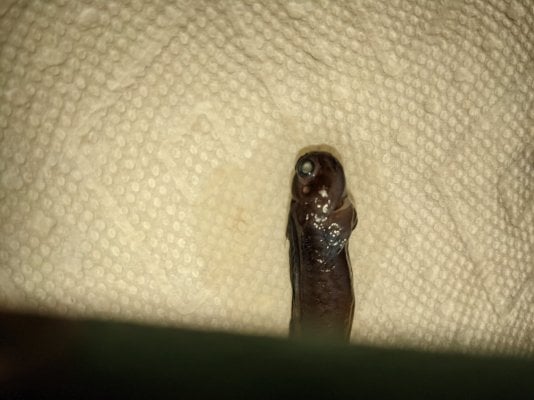
I have 2 clown fish that seem fine. Yellow watchman goby and Royal Gramma Basslet are hiding but were fine in the morning.. any advice or thoughts would be helpful thanks!













